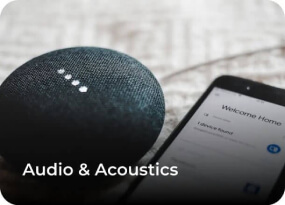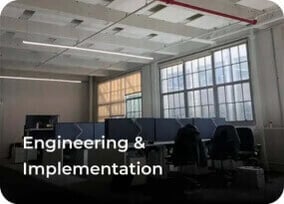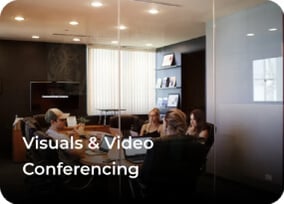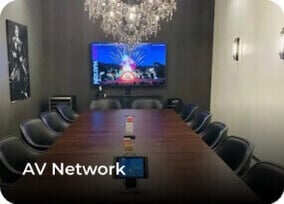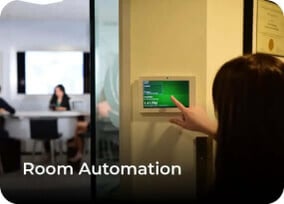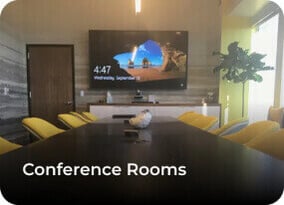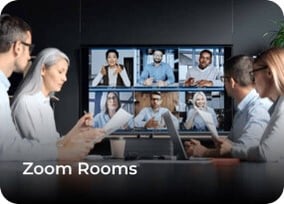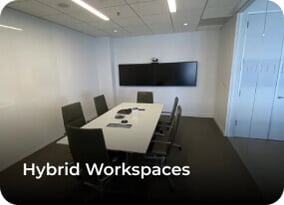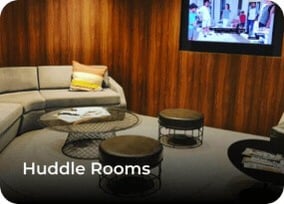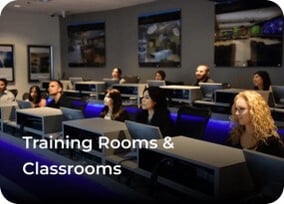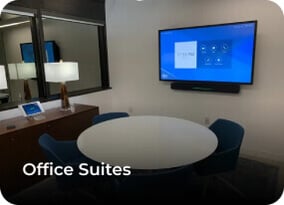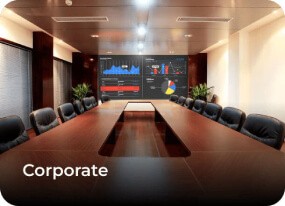Read our other posts

18 August 2025
Why Real Team Critical Thinking Beats AI Alone, & How AV Helps Collaboration
AI tools are becoming a big part of how businesses operate. They’re great for quick answers, data analysis, and...

10 August 2025
Seven Neat Bar Hacks to Maximize Your Video Conferencing Experience
As hybrid work becomes the norm, businesses are investing in smarter, more intuitive conferencing solutions.Neat...
.jpg?width=614&height=280&name=Conference-Room_1280-1%20(1).jpg)
3 June 2025
The Office Market Is Shrinking—Here’s Why AV Technology Is More Important Than Ever in Hybrid Workspaces
The U.S. office landscape is changing—and fast. According to new data fromCBRE, 2025 will mark the first time in...

28 May 2025
QSC vs. Crestron: Which AV Control System Is Best for Your Conference Room?
When designing or upgrading your conference rooms, selecting the right AV control system is crucial. At AV...
